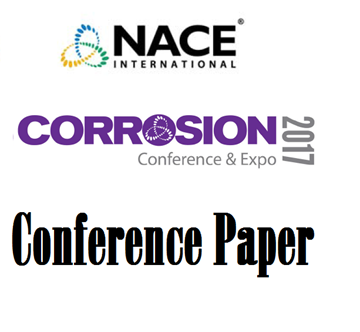Search
Products tagged with 'sour service'
View as
Sort by
Display
per page
Probabilistic Assessment of Hydrogen Stress Cracking of Steels and CRA in Sour Environments
Product Number:
51324-20409-SG
Publication Date:
2024
$40.00
Reduction Of Conservatism In SSC Testing For Sour Gas Well Tubulars
Product Number:
51322-17776-SG
Publication Date:
2022
$20.00
Role of Crack Tip Strain Rate on the Fatigue and Fracture Behavior of Line Pipe Steel in Sour Environments
Product Number:
51317--9203-SG
ISBN:
9203 2017 CP
Publication Date:
2017
$20.00
Should Socket Welds Be Used In Sour Service Process Environments And What Are The Quality Control Requirements?
Product Number:
51321-16536-SG
Publication Date:
2021
$20.00
Successful Application of MP-ICDA to Assess and Confirm Crude Oil Pipeline Corrosion Threats in Kuwait using ILI
Product Number:
51321-16271-SG
Publication Date:
2021
$20.00
Surface Hard Zone Phenomenon In TMCP Line Pipe For Sour Service: A State Of The Art Review
Product Number:
51321-16563-SG
Publication Date:
2021
$20.00
The Influence of Electrochemical Potential and Stress-Level on Trench Nucleation on Ni-Bearing Low Alloy Steels in Sour Environments
Product Number:
51323-19030-SG
Publication Date:
2023
$20.00







